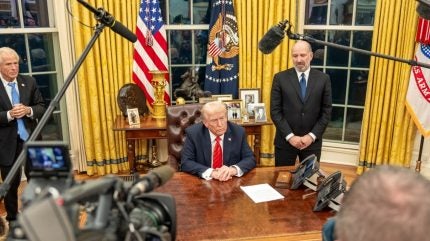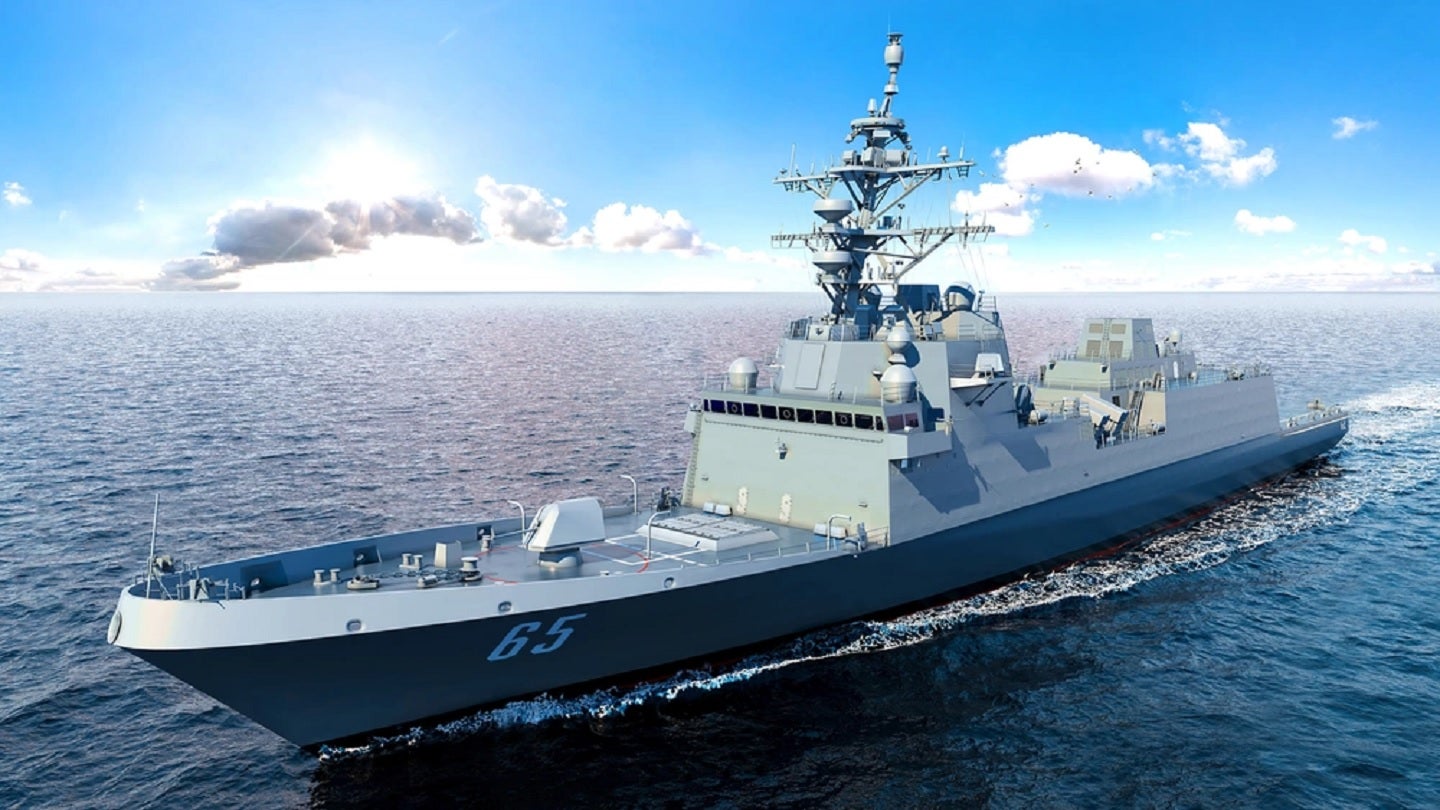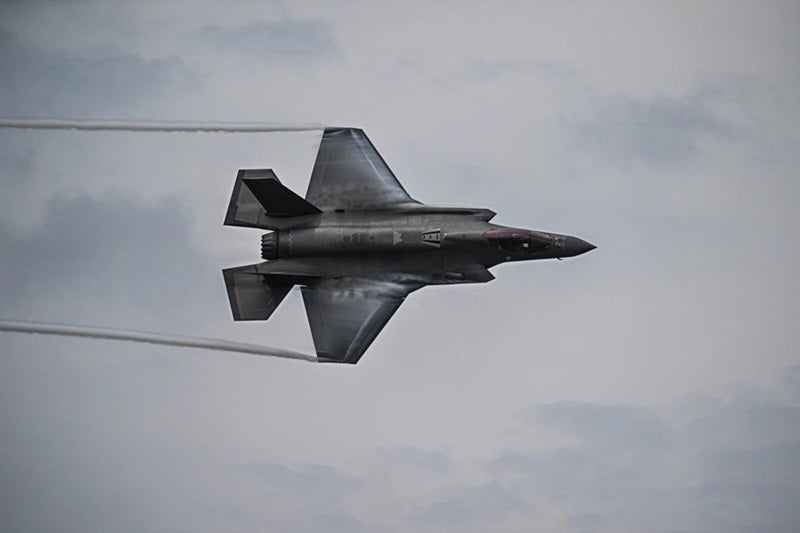
President Donald Trump signed an executive order yesterday (9 April 2025) to hasten the the acquisition of defence equipment.
Hidden among his lengthy policy agenda, under section six, subsection A, the document stipulates that existing defence programmes that are more than 15% behind schedule, 15% over the budget threshold, or are failing to deliver will be put at risk and potentially cancelled.
US Defense Secretary Pete Hegseth will submit this “potential cancellation list” to Russel Vought, the Director of the Office of Management and Budget, for consideration.
In line with Trump’s loosely defined ‘America First’ doctrine, Hegseth has already implemented sweeping changes to the institutional structures inside the Department of Defense (DoD) during their three months in power.
The administration is striving to make efficiencies by eliminating any form of bureaucracy that adherents see as impeding the overall lethality of the Armed Forces. In essence, there is a narrower focus on delivering capability, it seems, at the cost of everything else.
Such policies include the ongoing financial audit of legacy policies and, as a result, extensive cuts to DEI protocols and up to 8% of the DoD’s probationary workforce. The new funds generated from the cuts will make more room to focus on projects like the Golden Dome air defence network, long-range hypersonic weapons and uncrewed autonomous systems.
Now, the administration will tackle what is rightly considered an enduring issue: the Pentagon’s slow, often impotent, procurement processes. But this new measure will put major platforms at risk.
Constellation-class
What immediately comes to mind is the Constellation-class (FFG-62) frigate programme.
This shipbuilding endeavour has fallen behind schedule by three years, exceeding Trump’s 15% schedule threshold. The programme began in April 2020 and the Navy inititally aimed to receive its first vessel in 2026.
Likewise, the Navy had initially aimed for one ship to cost $1bn, however this estimate has inflated to $1.4bn per vessel – costs have already grown by 40%.
The Navy aims to procure 20 ships at first, with six already under procurement, with a seventh ship proposed in the Navy’s FY2025 Budget request – all in the hands of a single contractor, Fincantieri/Marinette Marine.

The design of the Constellation frigate was modelled on the European FREMM design, put forward by Fincantieri, the Italian parent company, however this concept has barrelled into a far larger and more costly platform.
In December 2024, the Navy said they expect a mature design by May 2025. Reports from inside the Navy have suggested that the US government will contract a second shipyard to help with production by 2027.
This mismanagement will have the Trump administration scaling back their frigate ambitions at a time when ships count for everything amid a prospective conflict with China in the Indo-Pacific region.
It may be that Trump and Hegseth decide on simplifying the design to complement baseline capabilities for the guided-missile warship. Speaking to Raytheon UK, a British entity of the American defence prime, Naval Technology found that militaries are beginning to prioritise capability over customised and costly platforms.
F-35 software
One major air force programme that similarly falls well outside the bounds Trump has set to keep existing projects going is the software upgrades needed to improve the F-35 Lightning II combat aircraft.
The global Joint Strike Fighter, with its highly sophisticated sensor suite, is operated all over the world from the United States, Canada, many in Europe as well as Australia.
Crucially, though, the aircraft must be upgraded under the Block 4 modernisation programme.

Originally due to be completed in 2026 and determined to cost $10.6bn, the Government Accountability Office found that Block 4 has risen to $16.5bn and is estimated to conclude in 2029, after already having voiced concern back in May 2023.
There has been some slow progress recently with Lockheed Martin, the original equipment manufacturer of the jet responsible for its servicing, had reached 90% of the prerequisite Technology Refresh- 3 software and hardware upgrades, which would then enable the new features under Block 4.



